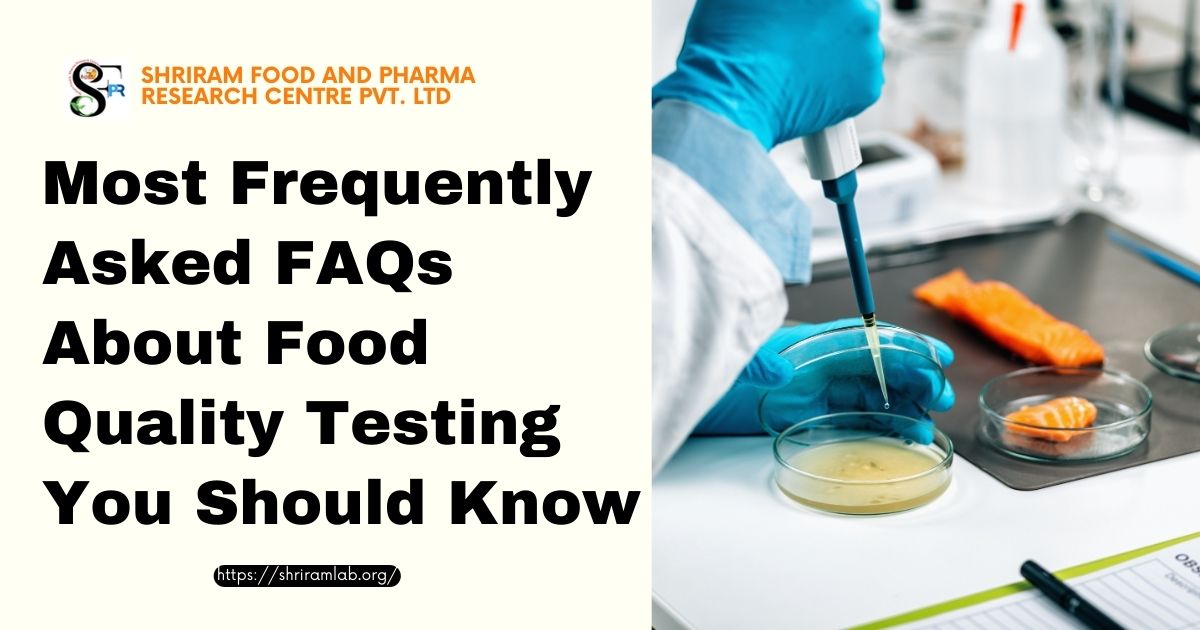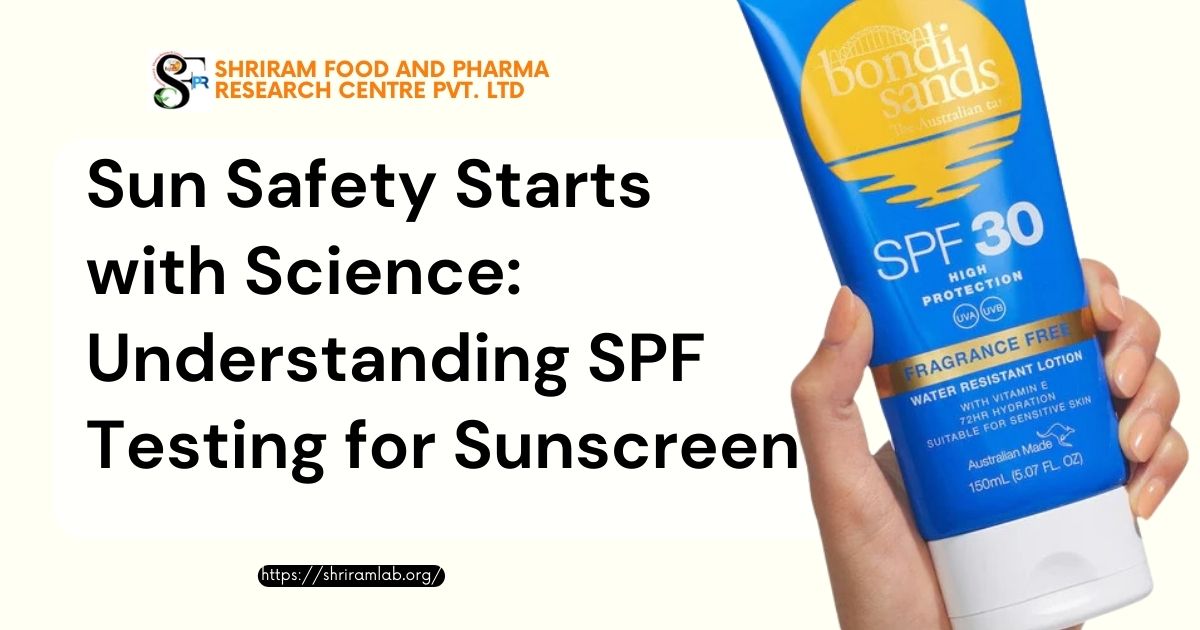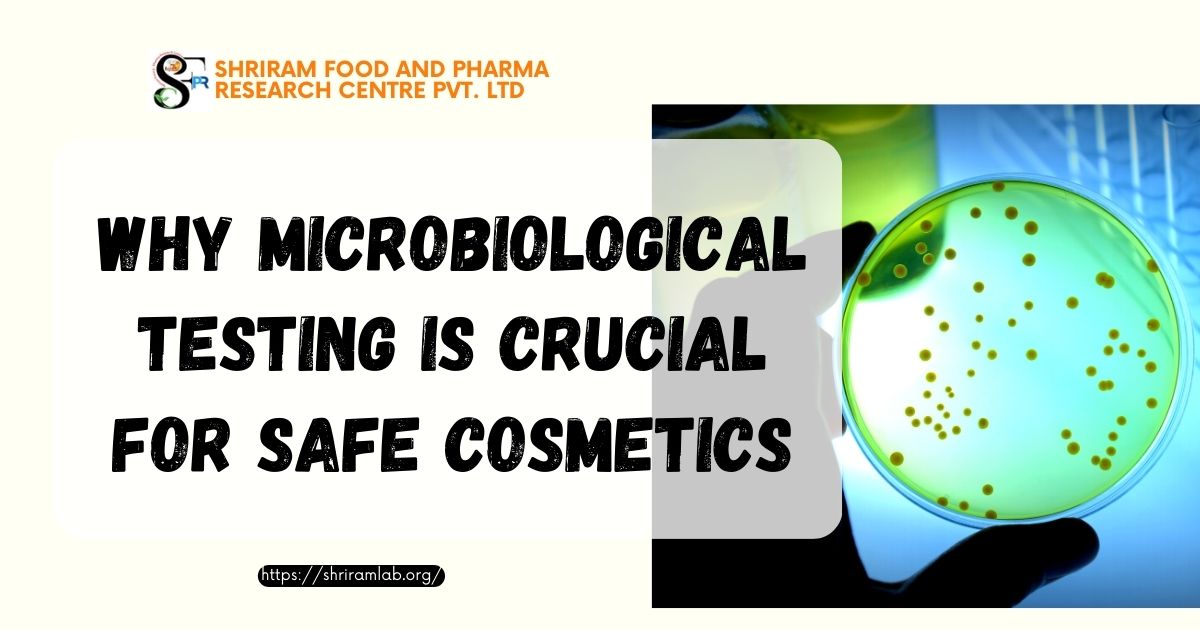Food quality testing is a critical aspect of ensuring the safety and standards of food products. Here are some frequently asked questions (FAQs) about food quality testing:
1. What is food quality testing?
Food quality testing involves analyzing food products for various parameters such as nutritional value, presence of contaminants, adulteration, and compliance with food safety regulations.
2. Why is food quality testing important?
It ensures that food products are safe for consumption, free from harmful substances, and meet the quality standards set by regulatory authorities.
3. What are the common tests performed in food quality testing?
Common tests include microbiological analysis, chemical residue testing, nutritional labeling, sensory evaluation, and shelf-life testing.
4. Who conducts food quality testing?
Food quality testing can be conducted by in-house laboratories of food manufacturers, independent third-party labs, and government regulatory bodies.
5. What are Good Food Laboratory Practices (GFLPs)?
GFLPs are a set of guidelines that outline the best practices for food testing laboratories to ensure accurate, reliable, and consistent testing results.
6. How can one set up a basic food analysis laboratory?
Setting up a basic food analysis laboratory involves planning the layout, ensuring proper equipment and safety measures, and hiring qualified personnel. The Food Safety and Standards Authority of India provides comprehensive guidelines for this.
7. What is the role of the Food Safety and Standards Authority of India (FSSAI) in food quality testing?
The FSSAI sets standards for food products and oversees the regulation and supervision of food safety in India. It also provides guidelines for setting up testing laboratories and conducting food quality tests.
8. What are some common contaminants in food?
Common contaminants in food can be categorized into four main types:
- Biological Contamination: This includes bacteria, viruses, parasites, or molds that can cause food poisoning or spoilage.
- Physical Contamination: Occurs when food is contaminated with foreign objects such as glass, metal, wood, or hair.
- Chemical Contamination: Involves contamination with chemicals like pesticides, cleaning agents, or additives.
- Allergenic Contamination: Happens when food is contaminated with allergens such as nuts, eggs, milk, or gluten.
Some specific examples of chemical contaminants include nitrosamines, polycyclic aromatic hydrocarbons (PAH), heterocyclic amines, histamine, acrylamide, furan, benzene, trans fat, 3-MCPD, semicarbazide, 4-hydroxynonenal (4-HNE), and ethyl carbamate. Additionally, metal chips from processing equipment can also contaminate food.
Contaminants may be present in food from environmental sources or introduced during food processing, packaging, transportation, and storage. For instance, vehicle exhausts from diesel and petrol or cross-contamination in vehicles used for food transportation can be sources of contamination during the transportation phase.
Ensuring food safety involves monitoring and controlling these contaminants to prevent foodborne illnesses, which can range from mild gastroenteritis to severe and sometimes fatal health conditions.
For more detailed information, you can refer to the resources provided by the FSSAI and other food safety authorities. If you have specific questions or need assistance with food quality testing, feel free to ask!
Let’s ensure the safety and quality of the food products we all rely on! Contact us now





